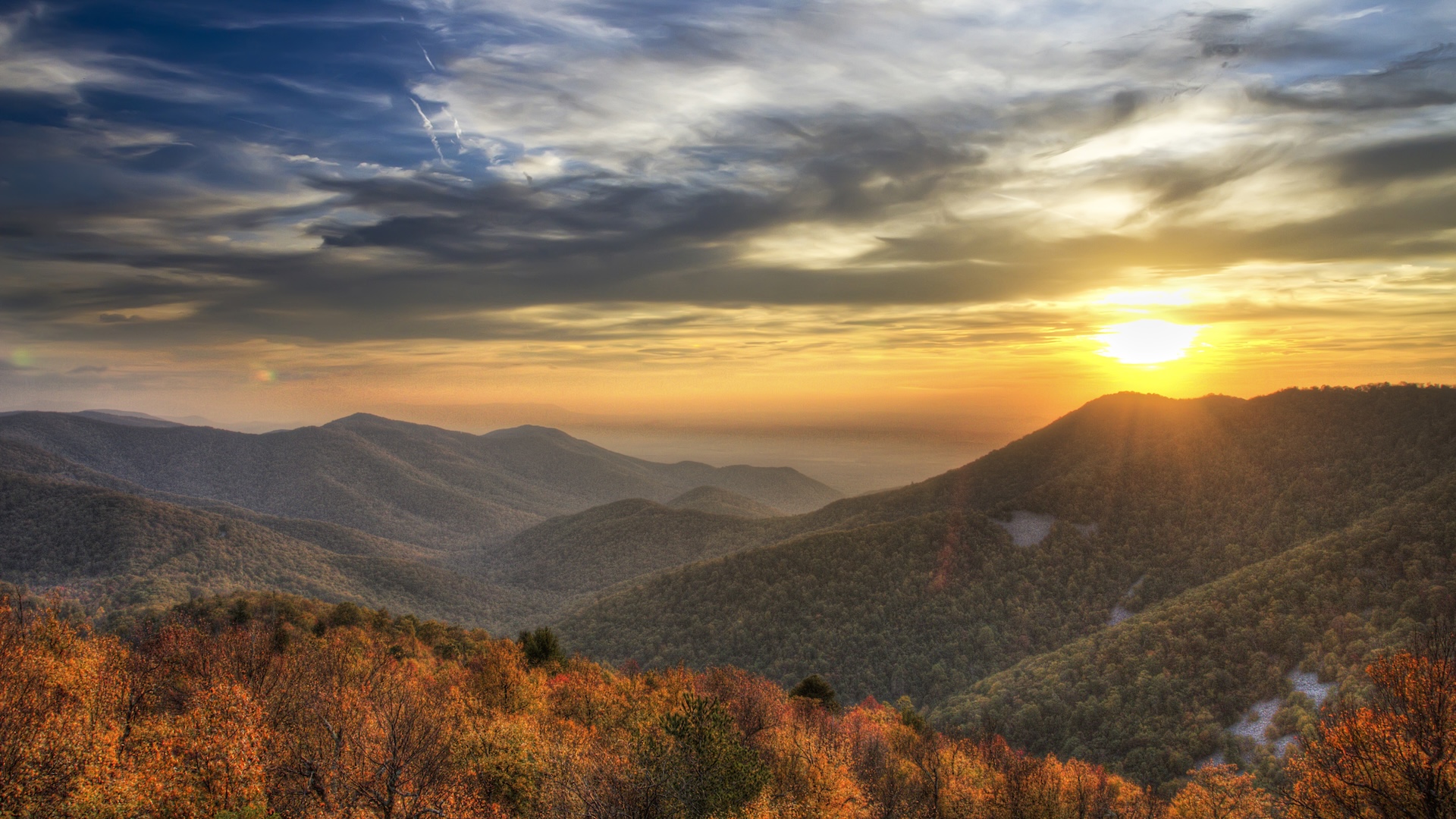earth
Latest about earth
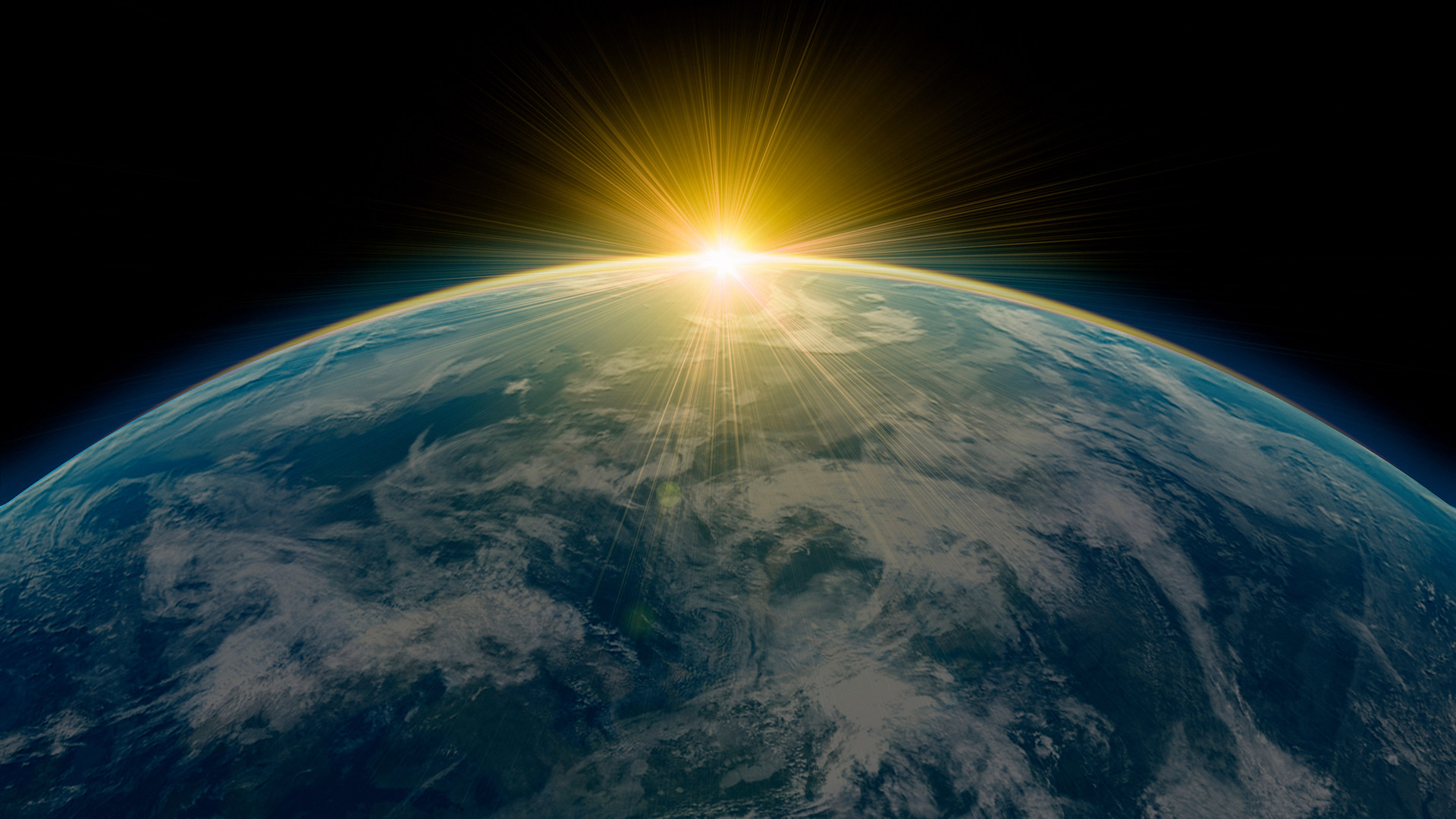
Have days on Earth always been 24 hours?
By Sarah Wells published
Earth's day used to be five hours shorter, and it's predicted to continue lengthening over time.
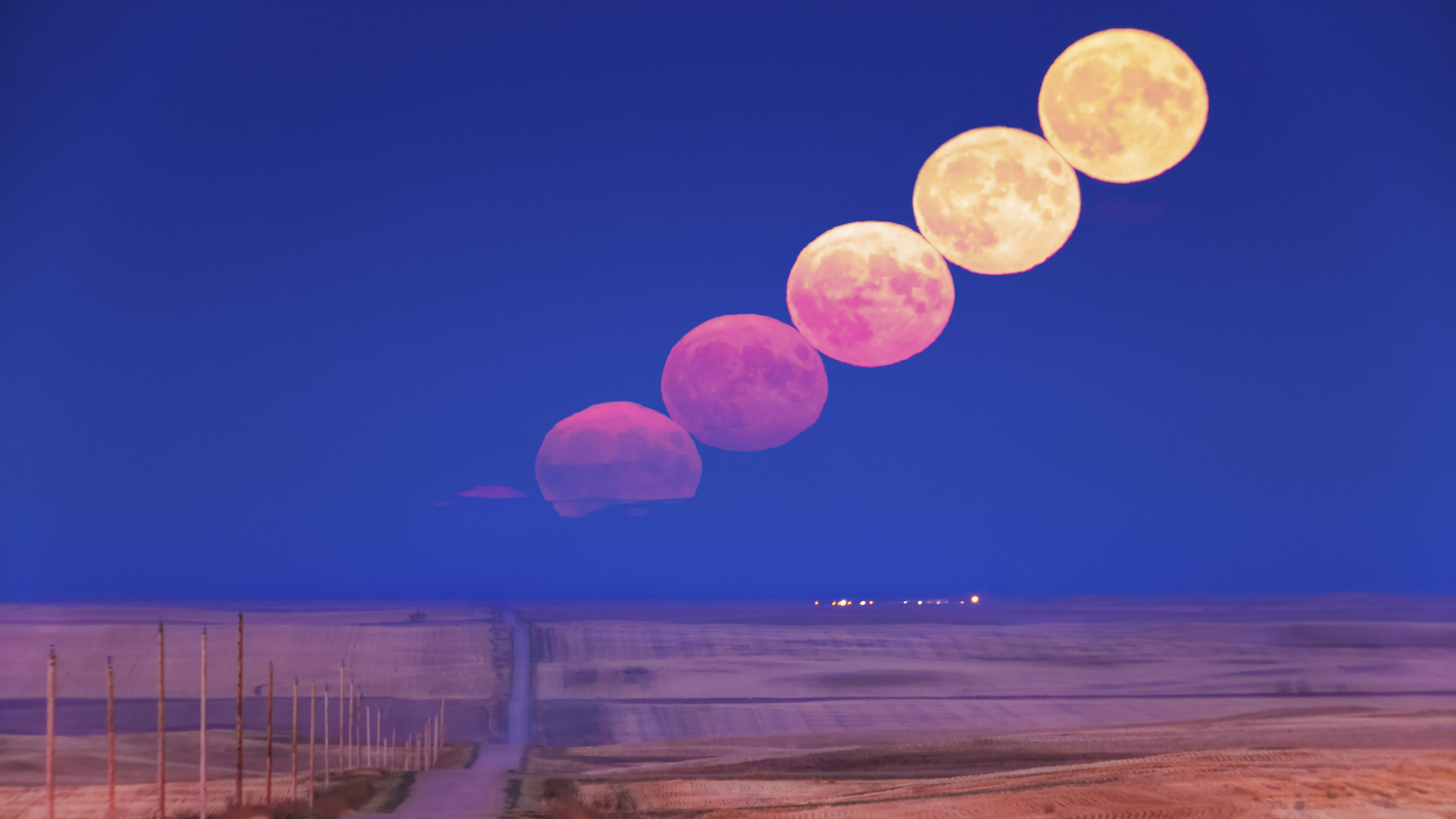
The 1st 'major lunar standstill' in more than 18 years is about to occur. Here's how to see it.
By Jamie Carter published
A major lunar standstill is about to occur. The phenomenon happens every 18.6 years when the moon rises and sets at its most extreme points on the horizon, while also climbing to its highest and lowest point in the sky.
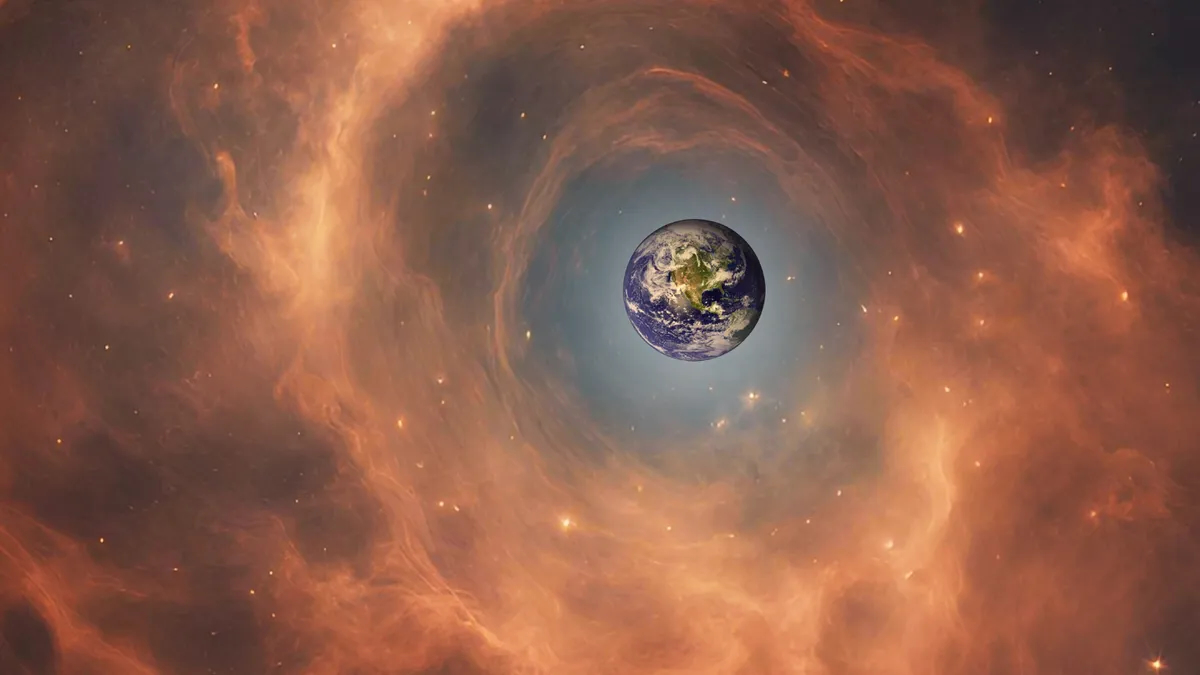
An encounter with 'something outside of the solar system' may have triggered an ice age on Earth
By Robert Lea published
Two million years ago, an encounter with a cold cloud of gas and dust could have caused our planet's "protective giant bubble" to draw back, potentially cooling our planet, new research claims.
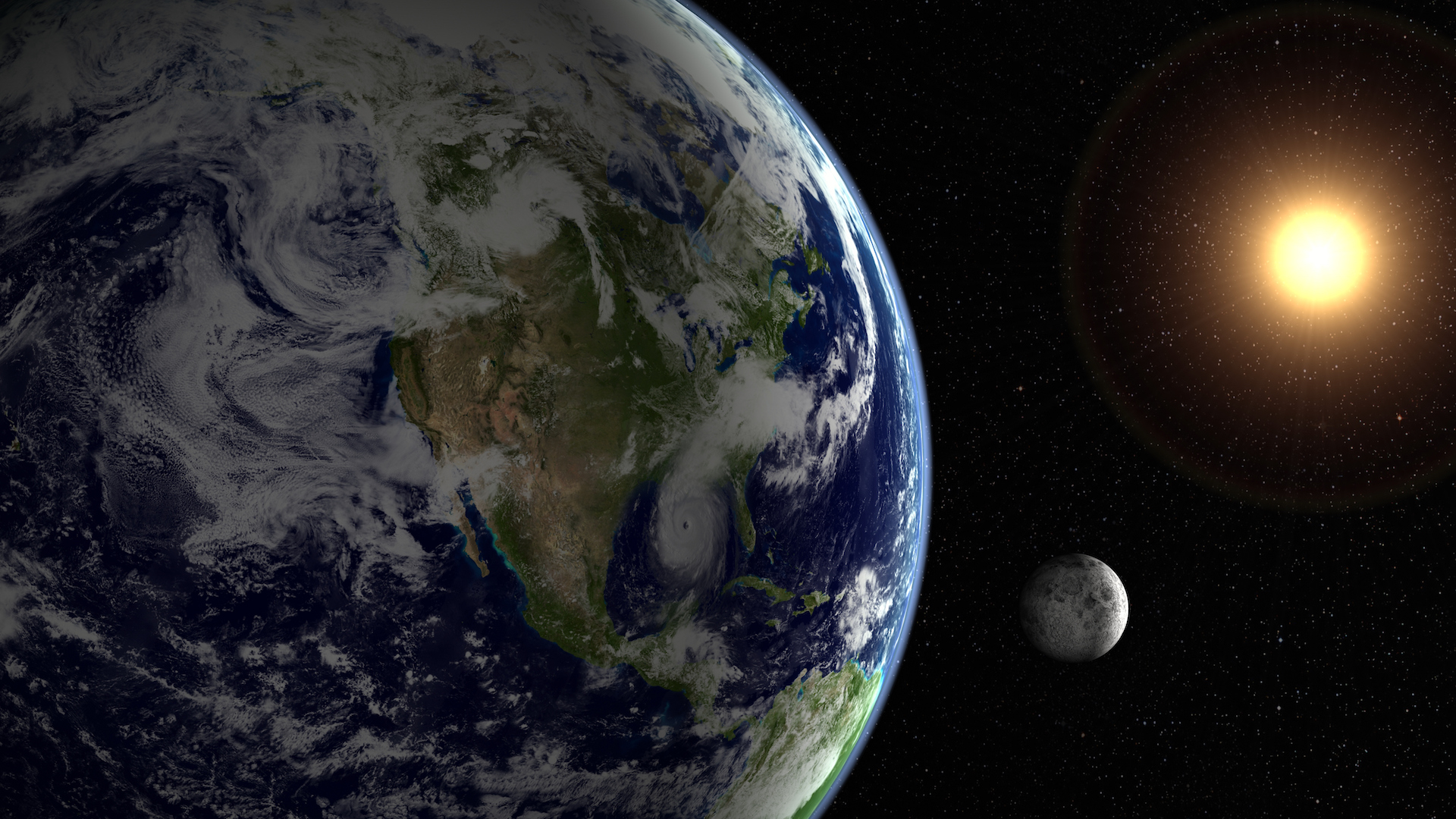
Which way does Earth spin? What about the other planets?
By Hannah Loss published
While Earth spins in the same direction as the sun, that's not the case for every planet in the solar system.
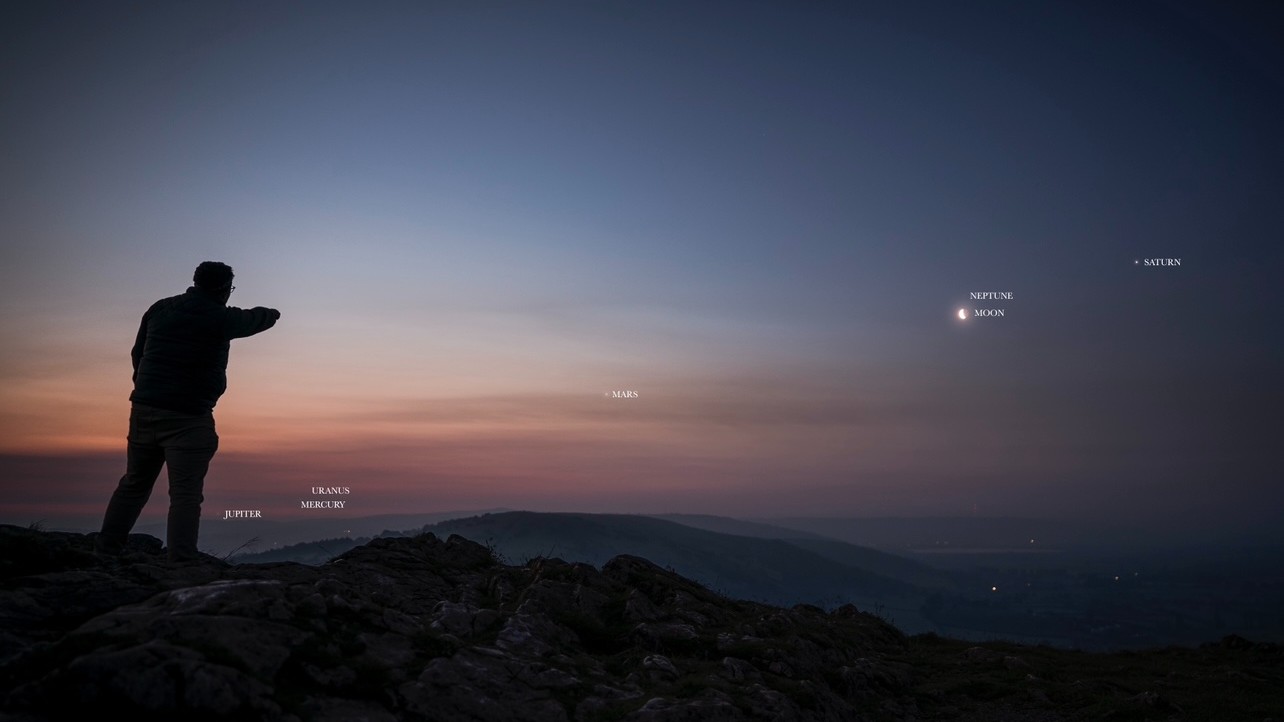
Stunning 'parade of planets' image shows 6 worlds aligned over Earth
By Ben Turner published
A stunning photo of the recent "parade of planets" shows Mercury, Mars, Jupiter, Saturn, Uranus and Neptune in alignment over Earth. It was captured from the U.K. on June 1.
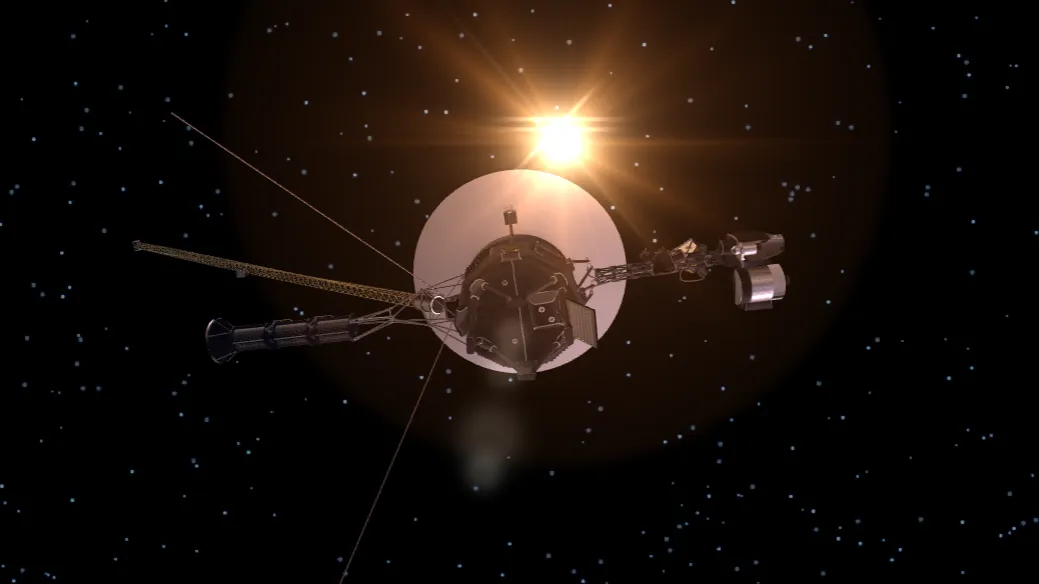
Things are finally looking up for the Voyager 1 interstellar spacecraft
By Monisha Ravisetti published
Two of the four science instruments aboard the Voyager 1 spacecraft are now returning usable data after months of transmitting only gibberish, NASA scientists have announced.
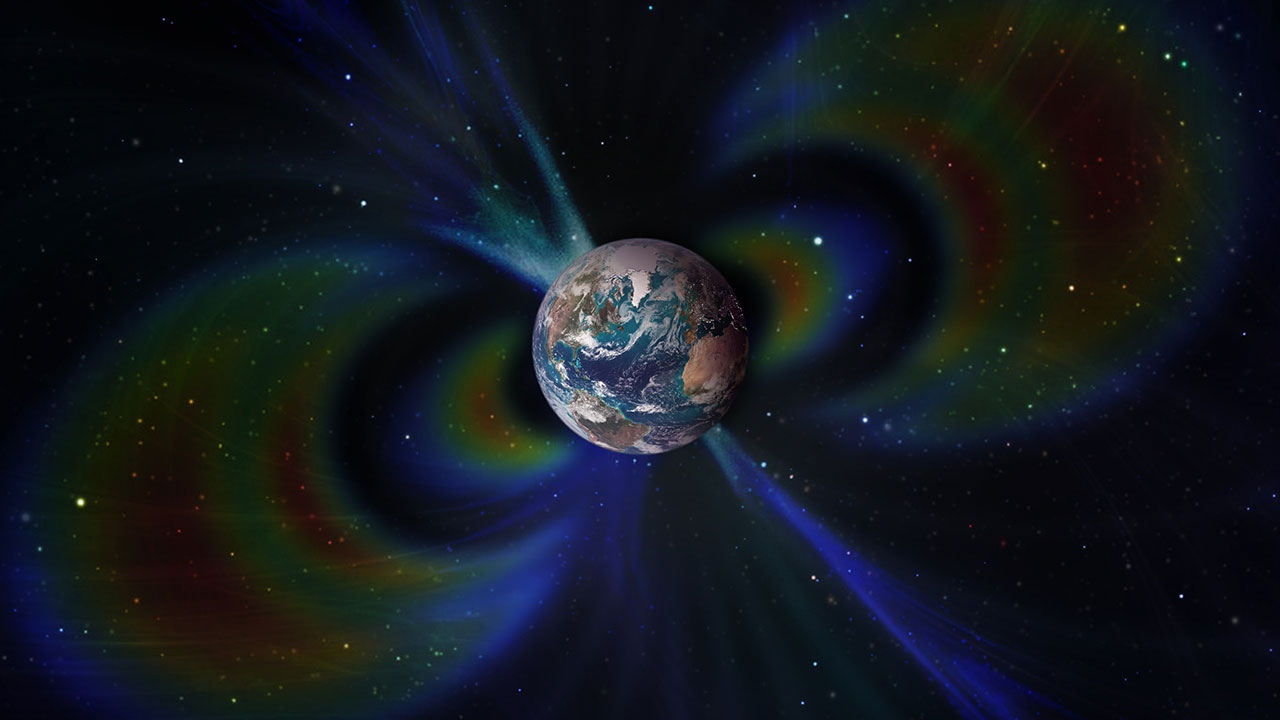
'A force more powerful than gravity within the Earth': How magnetism locked itself inside our planet
By Frank Close published
"As the magma cooled to form what is today the world's solid outer crust, magnetism was locked into minerals containing iron, such as magnetite."
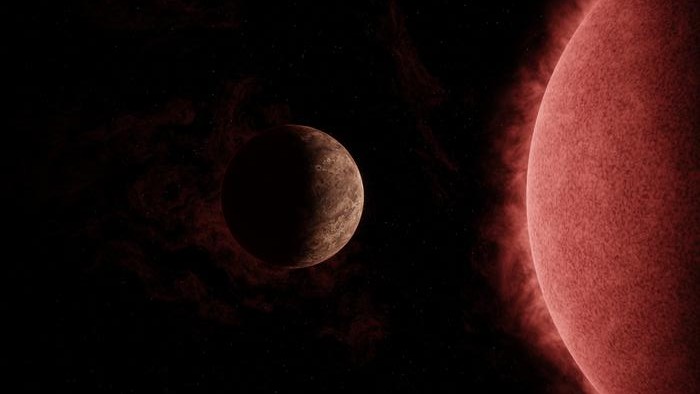
Earth-size planet found orbiting nearby star that will outlive the sun by 100 billion years
By Sharmila Kuthunur published
An Earth-size planet discovered around a nearby star offers astronomers their first chance for exoplanetary geology.
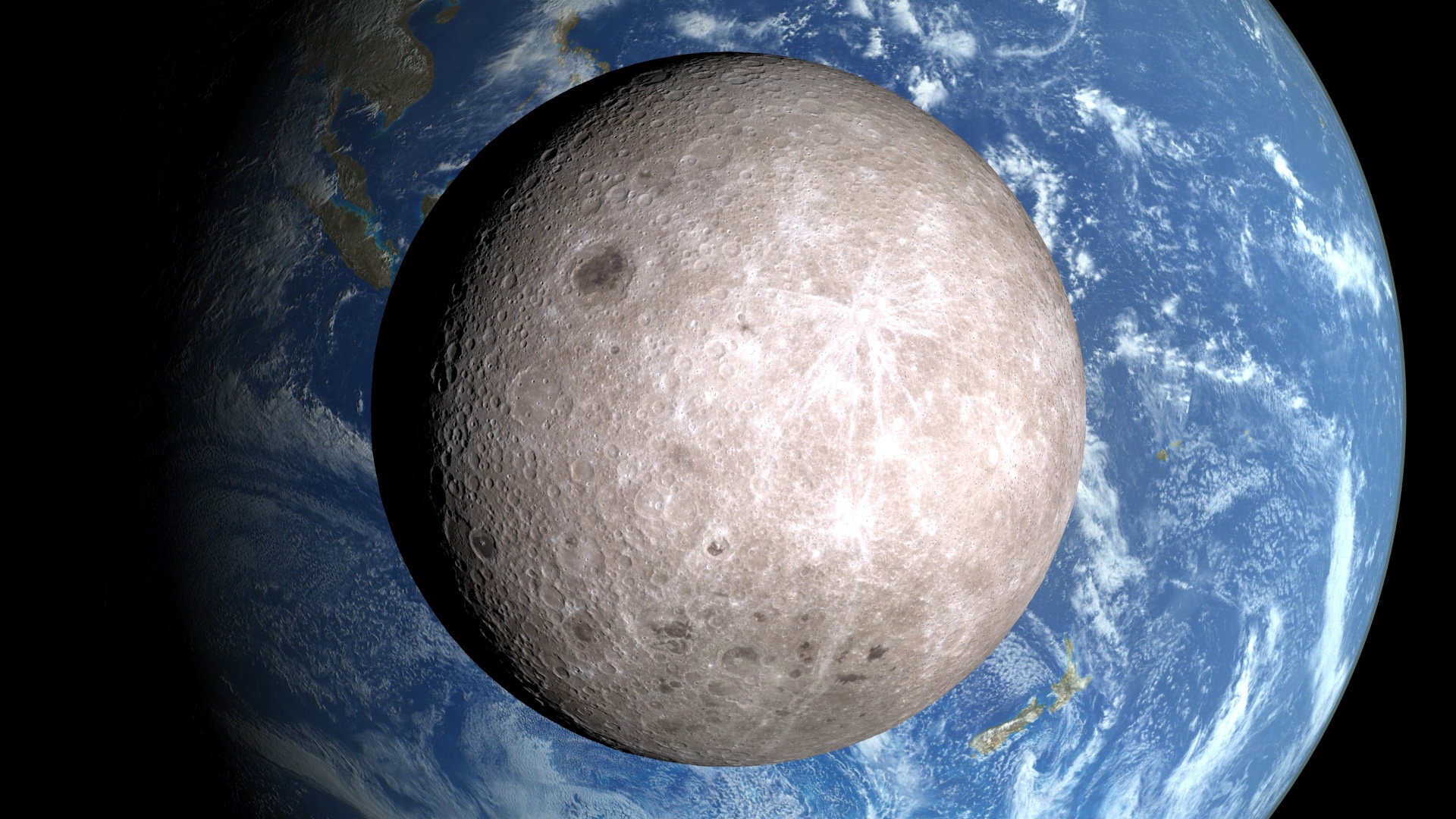
Why can't we see the far side of the moon?
By Skyler Ware published
Spacecraft have visited and photographed the far side of the moon, but why can't we see it from Earth?
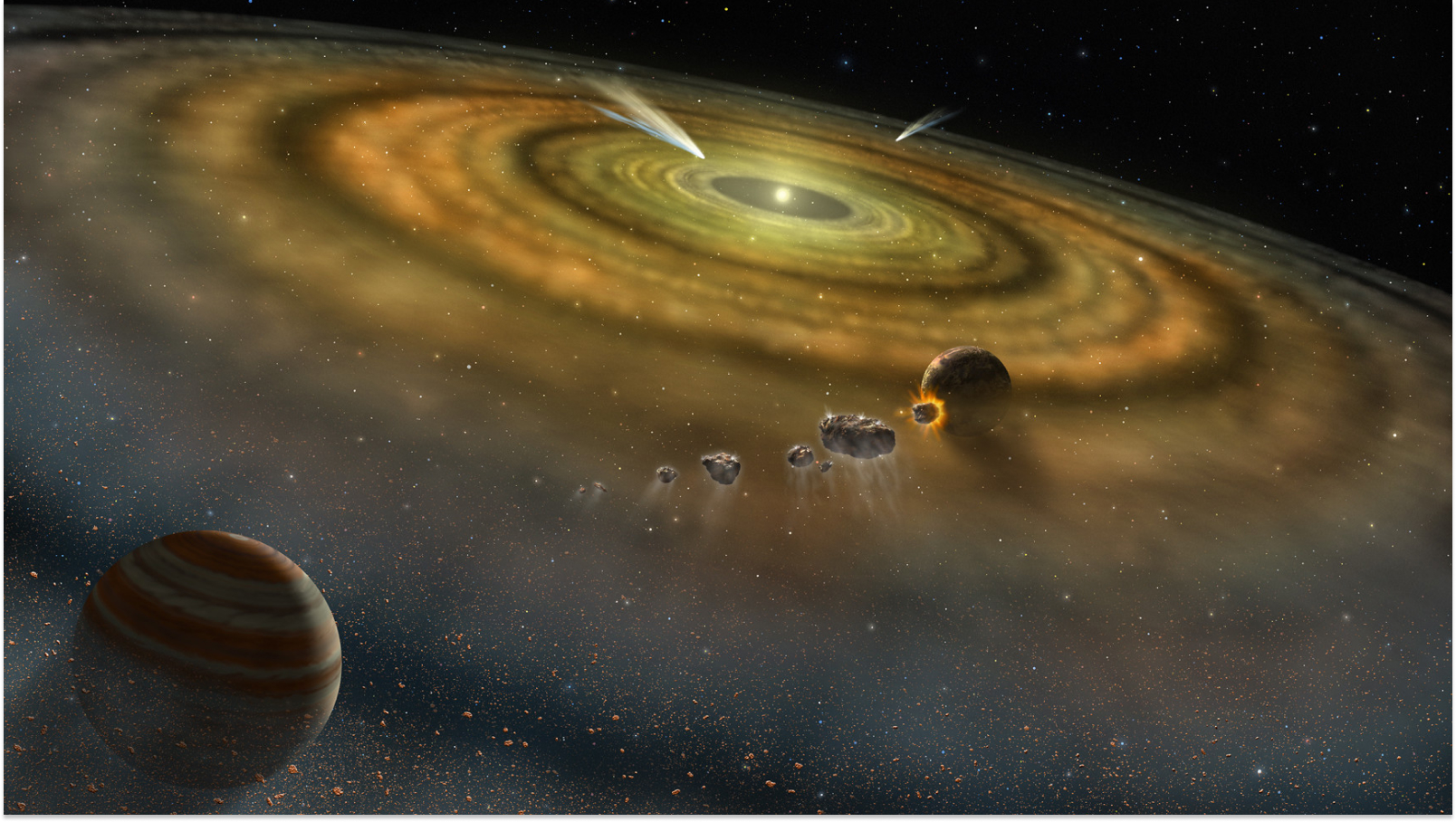
Jupiter may be the reason why Earth has a moon, new study hints
By Keith Cooper published
The great planetary instability, which saw Jupiter and the other gas giants wander chaotically through the solar system, coincides with the collision that formed Earth's moon. Could the two events be linked?
Get the world’s most fascinating discoveries delivered straight to your inbox.
